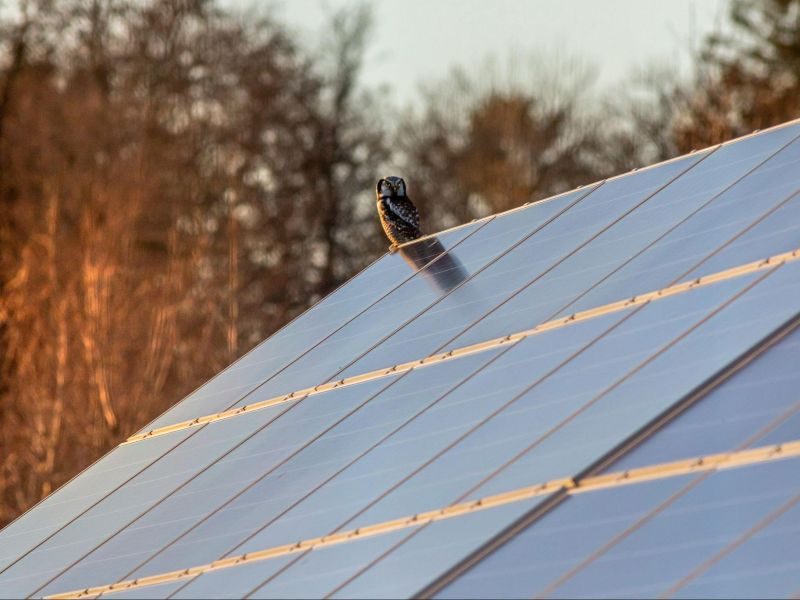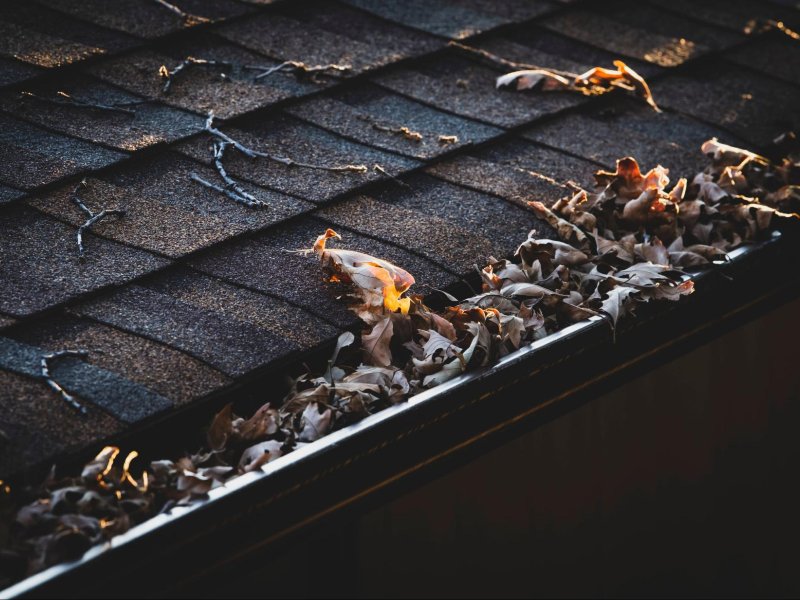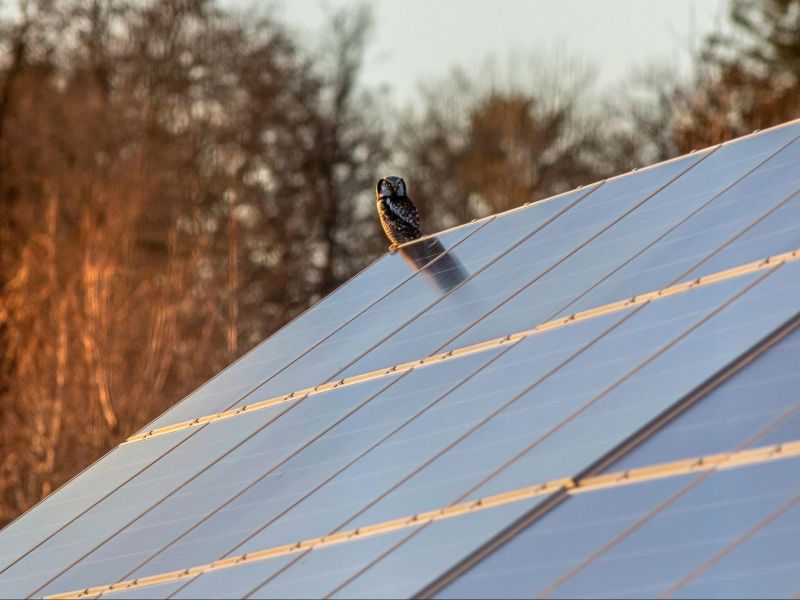Solar panels are a marvel of modern technology, harnessing the power of the sun to generate clean and renewable energy. However, for solar panels to operate at peak efficiency, they must be kept clean and free from obstructions. The accumulation of dirt, dust, bird droppings, and other debris on solar panels can significantly reduce their effectiveness. In this comprehensive guide, we delve into the dirt dilemma, exploring common issues in solar panel cleaning and effective strategies for tackling them.
The Importance of Clean Solar Panels
Before we dive into the challenges of solar panel cleaning, it’s essential to understand why maintaining clean solar panels is crucial. According to our friends at Premier Solar Cleaning, solar panels rely on sunlight to generate electricity, and any obstruction to sunlight can hamper their performance. Common issues arising from dirty solar panels include:
- Reduced Energy Output: The primary purpose of solar panels is to convert sunlight into electricity. When dirt accumulates on the surface, it acts as a barrier, preventing sunlight from reaching the photovoltaic cells and leading to a decrease in energy production.
- Efficiency Loss: Solar panels are designed to absorb sunlight efficiently. When covered in dirt, their ability to absorb sunlight diminishes, resulting in reduced efficiency. Clean panels can convert more sunlight into electricity.
- Overheating: Dirt acts as an insulator, trapping heat on the surface of the solar panels. This heat build-up can lead to overheating, affecting the performance and longevity of the panels.
- Potential Damage: Bird droppings and other debris may not only reduce the efficiency of solar panels but can also cause physical damage to the surface over time. Regular cleaning helps prevent long-term wear and tear.
Common Issues in Solar Panel Cleaning
1. Dust and Pollen Accumulation:
Dust and pollen can settle on solar panels, especially in dry and windy conditions. Over time, this accumulation forms a layer that reduces the amount of sunlight reaching the panels.
2. Bird Droppings:
Bird droppings are a common challenge for solar panel owners. They not only block sunlight but can also be acidic, potentially causing damage to the panels if not promptly cleaned.
3. Tree Sap and Residue:
If your solar panels are located near trees, sap and residue can find their way onto the surface. These substances can be sticky and difficult to remove, requiring special attention during cleaning.
4. Hard Water Stains:
If water with high mineral content is used for cleaning or if rainwater leaves behind mineral deposits, hard water stains may form on the panels. These stains can affect the transparency of the panels.
5. Lichen and Moss Growth:
In humid environments, lichen and moss may grow on the surface of solar panels, particularly if they are not cleaned regularly. This growth not only reduces sunlight absorption but can also lead to physical damage.
6. Incorrect Cleaning Methods:
Using abrasive materials or harsh chemicals for cleaning can scratch or damage the surface of solar panels. It’s crucial to employ proper cleaning methods to ensure the longevity of the panels.
Strategies for Tackling the Dirt Dilemma
1. Regular Maintenance:
The best defense against the dirt dilemma is regular maintenance. Establishing a routine cleaning schedule helps prevent the accumulation of dirt and ensures that your solar panels operate at peak efficiency.
2. DIY Cleaning:
For light dirt and dust, you can undertake simple do-it-yourself cleaning using a soft brush, a mild detergent, and water. Gently scrubbing the panels and rinsing them with water can effectively remove surface-level debris.
3. Professional Cleaning Services:
In cases where the dirt accumulation is substantial or if there are hard-to-reach areas, hiring professional solar panel cleaning services is a wise investment. Professionals have the expertise and equipment to perform thorough cleaning without causing damage.
4. Use of Soft Washing Techniques:
Pressure washing can be effective but may pose a risk of damage if not done correctly. Soft washing, which uses lower pressure and specialized cleaning solutions, is a gentler alternative that effectively removes dirt without harming the panels.
5. Water Purification Systems:
Consider using purified water for cleaning to avoid hard water stains. Water purification systems remove minerals, ensuring a spot-free and clear finish after cleaning.
6. Anti-Reflective Coatings:
Some solar panels come with anti-reflective coatings that not only enhance light absorption but also make cleaning easier by reducing the adhesion of dirt. Check with the manufacturer for panel-specific recommendations.
7. Bird Deterrents:
Install bird deterrents, such as spikes or nets, around your solar panels to minimize the risk of bird droppings. However, ensure that these deterrents do not pose a safety risk to birds.
8. Seasonal Considerations:
Adjust your cleaning frequency based on the seasons. In areas with more rain, occasional rain showers may help keep the panels clean. In drier regions, more frequent cleaning may be necessary.
9. Safety First:
When cleaning solar panels, prioritize safety. If your panels are installed on the roof, use proper safety equipment and consider hiring professionals for high or difficult-to-reach locations.
Conclusion
Maintaining clean solar panels is essential for optimizing energy production and ensuring the longevity of your solar investment. By understanding the common issues in solar panel cleaning and implementing effective strategies, you can tackle the dirt dilemma and enjoy the full benefits of clean and efficient solar panels. Whether you choose to take on the task yourself or enlist the help of professionals, keeping your solar panels dirt-free is a proactive step towards sustainable and reliable energy generation.







